|
For a some time now I've had the long-term goal of creating a recording and sample-production setup that I could travel with, to be able to go anywhere in the world and record, sample and produce music - to experience a variety of cultures, atmospheres, people, instruments, musical styles, etc.
What interests me most about this idea is not just the recording interactions, but creating the music while in those places, and getting a performance/sampling feedback loop happening. Although this idea is not related to Streamland as it currently exists, nonetheless Streamland has laid the groundwork for at least the traveling production setup - laptop, headphones and NanoKontrol. A few compact portable mics and a compact mic stand are all that would be needed to fulfill the sampling aspect. Using USB mics could eliminate the need for an audio interface. Ideally, this is what I'd love to guide the Streamland concept towards. 11'13" of improvisation
This was a very unusual recording session to manage. Iran ingeniously output the sounds produced by the circuit to a piezo speaker taped to a drum cymbal, creating amazingly bright resonances. The improvisation was a process of building and modifying the circuit during the recording. The sounds she created were imaginatively subtle and delicate. The cymbal was miked up (see below for specs), but the resulting output was very quiet. Also, the rattles and rustles of the circuit being built had to be edited out (though some of the more subtle ones were retained for character). This worked well, as I cut off the attacks of many of these sounds, leaving mysterious sweeps of noise through the mix. I also kept a few short passages of knocks and rustles when there was no circuit noise, so I could use them to create rhythmic loops. A noise reduction process in Adobe Audition was applied to the mixdown to remove the post-normalization room ambiance due to the quietness of the recording. This resulted in audible 'erosions' of the frequency spectrum, but these are to my ear quite a beautiful addition to the vibrant and playfully chirping circuit sounds. Due to the nature of the circuitry, breathing space between musical gestures was not really a performative option for Iran. Thus, as was the case with the violin session, a different approach to sample processing and performance will have to be taken...and my mind further opened. Absence of a tuning system in the circuit will also affect how these samples can be used alongside other instruments. Recording Space: Elder Conservatorium -- EMU dead-room Software: Pro Tools HD Adobe Audition CS6 Equipment: circuitry -- see photos above Rode NT5 Stereo pair -- 4 inches high, diagonally down and in towards cymbal Rode NT2000 -- 4 inches high, diagonally down towards cymbal 17'16" of improvisation
This bold session began with beautiful volume and feedback swells, providing long pronounced gestures that are both sonically rich and musically simple, and eminently useful as raw sample material. These were counterpointed by a range of dense, sweet and savage moments of introspection and electric magnetic fury. Recording Space: Elder Conservatorium -- EMU space Software: Pro Tools HD Equipment: Fender Hot Rod Deluxe Guitar Amp Rode NT2000 Stereo pair -- 1m high, diagonally down and in towards amp Rode NT5 Stereo pair -- 1.5m high, diagonally down and in towards amp Shure SM58 -- very close to amp, slightly offset 11'56" of improvisation
Long winding passages of this recording will make it more difficult to edit into the kind of sonic fragments I'm used to working with, but this is the nature of the project, which will force me to come up with new ways of handling the material. The consideration this poses is -- in the future, do I ask a performer to be more succinct with their gestures, or do I take the opportunity to adapt and expand my own sample production & performance practices based on what they've given me? Probably a balance between these two factors is ideal, but I won't really know until I've sampled the recordings. Often some inherent synergy between the studio performance and the recording technique can make a sample an effortless joy to manipulate, regardless of its apparent lack of 'samplability'. Recording Space: Elder Conservatorium -- EMU Dead-room Software: Pro Tools HD Equipment: Rode NT2000 Stereo pair Rode NT3 -- diagonally pointing down at 45deg to centre of violin body 7'58" of improvisation
A carefully measured approach involving playing a relatively fixed idea for a time, then stopping and moving on to the next. A beautiful range of extended techniques and playing styles, and the use of ostinati is perfect for loop-centric sampling. Recording Space: Elder Conservatorium -- EMU Dead-room Software: Pro Tools HD Equipment: Rode NT2000 Stereo pair Rode NT3 -- offset from soundhole 9'50" of improvisation
Dan's approach seemed immediately comfortable and open to the concept of improvisation for sampling -- his structural thinking as a composer, and his understanding of electronic production were apparent in his playing and in our conversation. It was obvious that he understood the concept immediately and played to it beautifully. His musical ideas were succinct and varied, incorporating a wide range of dynamics and timbres including colourful extended techniques with hands inside the piano. Recording Space: Elder Conservatorium -- EMU space Software: Pro Tools HD Equipment: Yamaha Grand Piano Rode NT2000 Stereo pair -- inside piano, roughly centered Rode NT3 -- at rear end of piano, 1.5ft up from soundboard Rode NT2 -- approx 3m behind performer, 1.5m high |
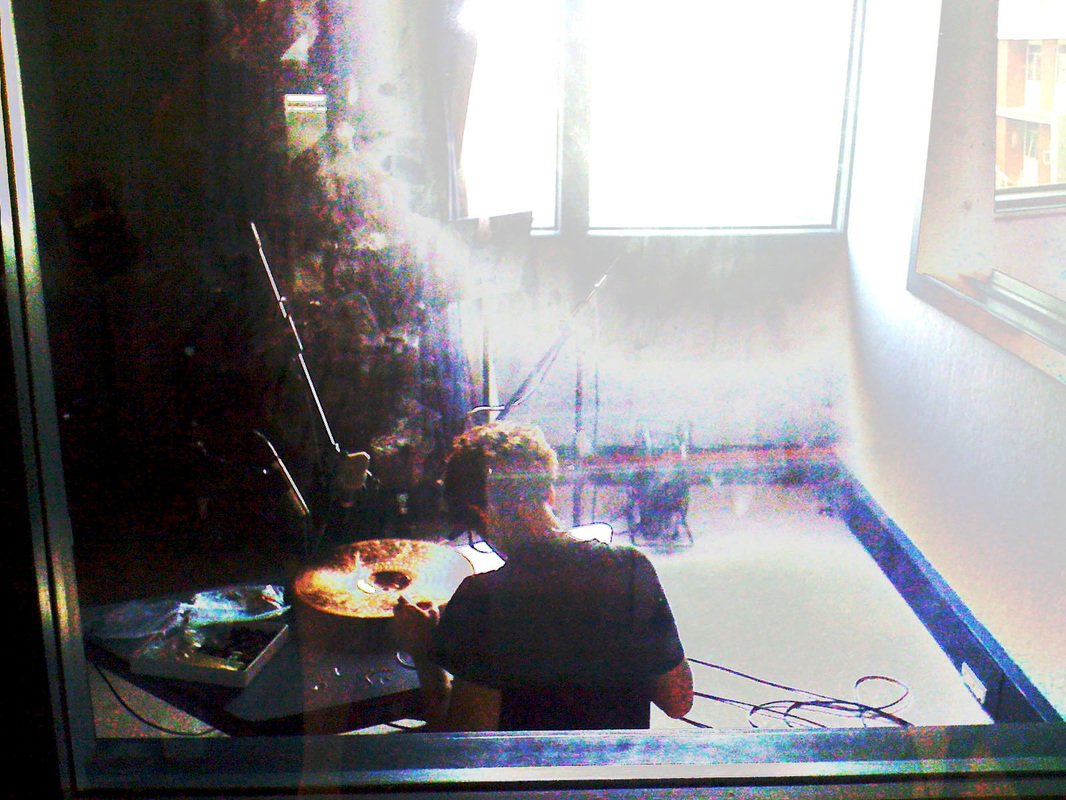
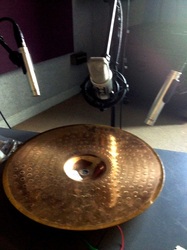
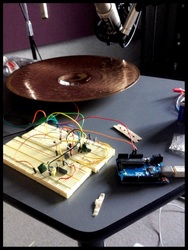
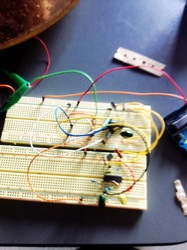
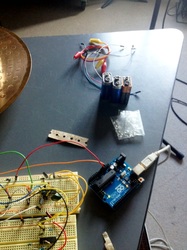
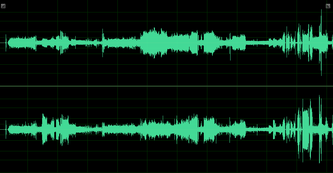


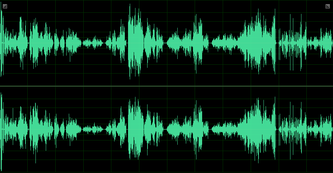
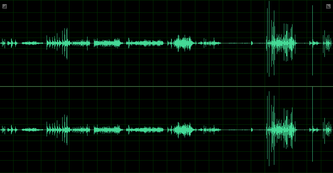
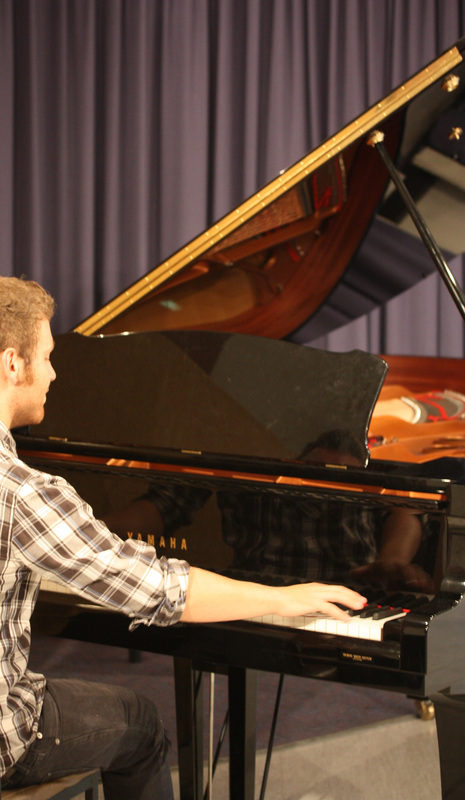
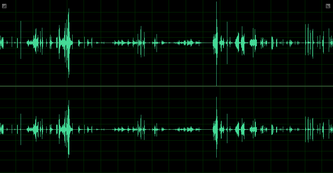


 RSS Feed
RSS Feed